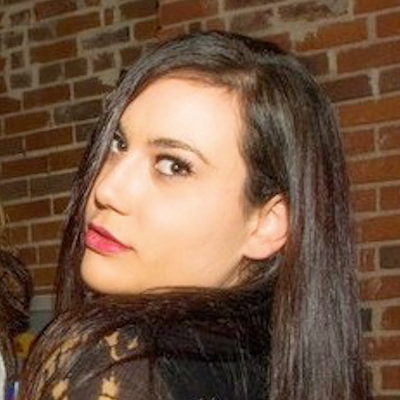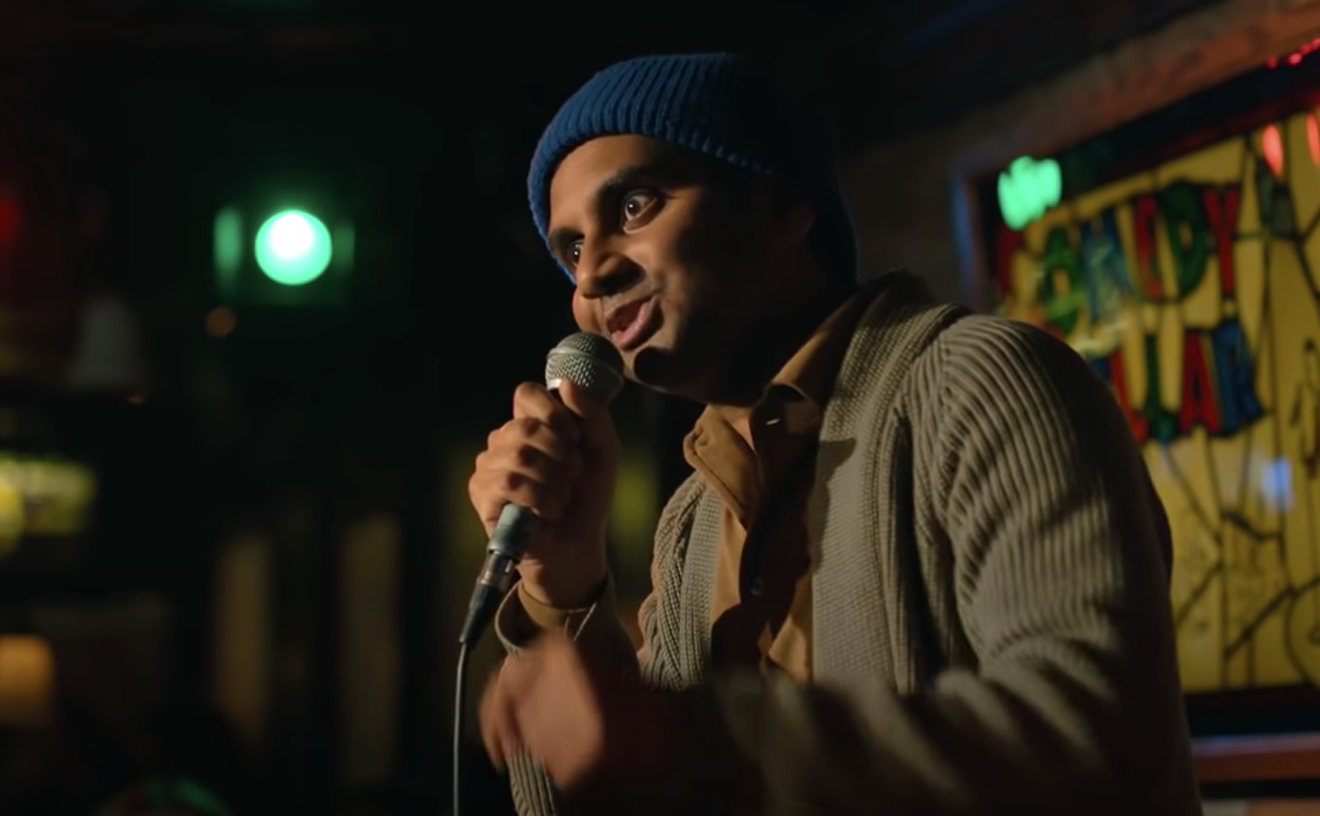Chicano, the exhibit at the Museo de las Americas celebrating Chicano culture and history, closed last week with some living art: Momento Interactivo, when the community was invited to paint over the Chicano history mural that artist Carlos Fresquez had created on the gallery walls over the course of several weeks.
Fresquez painted the mural knowing it would be painted over, as an act of solidarity for the community mourning the loss of Our Lady of Guadalupe church's mural of its patron saint, La Nuestra Senora de Guadalupe. The event last Friday was an interactive process for kids and adults alike that celebrated the experience of art as collective memory, says Fresquez, who's been making art and memories in Denver for more than three decades.
Our Lady of Guadalupe, founded in 1936 as a mission church in north Denver, had been home to one of the last remaining important pieces of religious art in the city — until this year, when the thirty-year-old mural was painted over. But it left profound memories in the community, and to help capture those feelings and take back some control, Fresquez teamed up with the Museo to create a three-walled mural representing Chicano culture — recognizing that even once the mural was painted over, the history would remain.
Here's how Fresquez describes the piece: "Indigenous imagery, reflected on the wall against contemporary imagery. We tried to create a mirror looking back at each other, looking back at itself, looking back at culture, looking back at the past. On the wall behind me is the Mestizo head," he says, pointing to a classic representation of a man of half-indigenous and half-Spanish descent. "One side is looking towards the Machica, Cheyenne, Arapahoe; the other will be looking at the '60s and the protests. And in between that lands culture, the duality of who we are. We are a blend of these cultures. Many of us are indigenous, given the Spanish language, we were conquered again, and given the English language. So with that, we have the duality we live in. One looking in to the past, one looking into the present or future, but it's a mirror. It's a reflection of itself. " Why paint a piece of art, only to have it painted over so fast? Fresquez focuses on memory. "I was talking about this gallery about twenty years ago, it was called the Urban Art Experience on 35th and Downing," he recalls. "I had done something similar, painted out a piece that was about memory. The whole piece is about memory. That's really all we have. If your abuelita comes up to you and gives you a big kiss on the cheek, and then ten years later she has passed, you'll still remember that affection she has given you, right? It becomes then only a memory."
At last Friday's event, Fresquez personally invited the public to paint his mural gray — and in so doing, make the community part of the piece. "It's up to you to place positive memory, and good thoughts and experiences, into memory itself," he says. "I want this to be a positive thing. This is something we have control of. As an artist, it is my decision to create a work on the wall and then repaint it out." That decision gives the artist and the community power.
"With the Guadalupe Church, it was the Archdiocese and priests who made that decision to cover and remove a local mural that is so important in our history," he says, "not ours. That church and mural was a part of our community and our decision. I am aware as a muralist that murals get painted over, they're temporary. If we had the money, if we owned these buildings, we could save these murals. It becomes part of history, it's temporal, we know that, we are aware of that, but we should have a little more say in what goes in our culture and what we want to remove, or what's important to us. This mural is a simple symbol of that: We have control to remove what we want. We have control to put memory in itself, fully contained, for as long as we are living, to pass on. We have that."
[
{
"name": "Air - MediumRectangle - Inline Content - Mobile Display Size",
"component": "12017618",
"insertPoint": "2",
"requiredCountToDisplay": "2"
},{
"name": "Editor Picks",
"component": "17242653",
"insertPoint": "4",
"requiredCountToDisplay": "1"
},{
"name": "Inline Links",
"component": "18838239",
"insertPoint": "8th",
"startingPoint": 8,
"requiredCountToDisplay": "7",
"maxInsertions": 25
},{
"name": "Air - MediumRectangle - Combo - Inline Content",
"component": "17261320",
"insertPoint": "8th",
"startingPoint": 8,
"requiredCountToDisplay": "7",
"maxInsertions": 25
},{
"name": "Inline Links",
"component": "18838239",
"insertPoint": "8th",
"startingPoint": 12,
"requiredCountToDisplay": "11",
"maxInsertions": 25
},{
"name": "Air - Leaderboard Tower - Combo - Inline Content",
"component": "17261321",
"insertPoint": "8th",
"startingPoint": 12,
"requiredCountToDisplay": "11",
"maxInsertions": 25
}
]











